According to EmeraldSky analysis from Cirium, global passenger jet operations on July 18 generated a daily record 2.52 million tonnes of CO2, 0.1% above the previous record set on 2 August 2019. The milestone, says the aviation analytics consultancy, marks the sector’s complete recovery from the Covid pandemic collapse. However, it says, the path back reveals fundamental shifts in how the industry operates: airlines achieved a 7.4% improvement in fuel efficiency per available seat kilometre (ASK) compared to six years ago, while accommodating substantially more passengers. Cirium says that despite supply chain and engine issues, the analysis shows that even with older aircraft handling more operations than planned, airlines still achieved significant efficiency improvements through operational optimisation.
Cirium calculates the 7.4% efficiency improvement over the period – an annual average rate of 1.2% – represents around 187,000 tonnes of CO2 saved daily compared to 2019 operational standards, noting absolute emissions still increased due to capacity growth exceeding efficiency gains, with airlines delivering 8.2% more ASKs on July 18 compared with 2 August 2019.
On July 18, the number of flights increased by 3.7%, average flight distance by 3.0% and flight times by 1.3%, compared with the 2019 date. Increased passenger loads – average aircraft size grew by eight seats – ensured a reduction in carbon intensity per ASK from 79.2gCO2 to 73.3.
The average flight-weighted aircraft age of the global fleet increased 16.7% over the six years, from 9.9 years in 2019 to 11.6 years this year, “exactly the opposite of what efficiency playbooks recommend,” comments the Cirium EmeraldSky analysis.
“Post-Covid supply chain snarls and unexpected engine durability issues with newer aircraft meant airlines couldn’t simply buy their way to better performance. Instead, they had to extract more from what they had.
“The result: proof that operational innovation can deliver efficiency gains even when fleet modernisation slows. It’s a finding that challenges conventional wisdom about the primacy of new technology in driving environmental progress.”
Cirium says its EmeraldSky analysis goes deeper than standard industry calculations, tracking 47 variables across more than 100,000 daily flights, including actual taxi times, routing changes, weight variations and holding patterns.
“This granular approach reveals efficiency improvements in unexpected places,” it explains. “Airlines didn’t just optimise cruise flight – they squeezed time from ground operations, streamlined routing coordination and fine-tuned their networks. The 7.4% improvement represents the cumulative effect of hundreds of operational refinements, many invisible to passengers but clearly visible in the fuel burn data.”
The question now, says Cirium, is whether the efficiency improvement trajectory can accelerate enough “to bend the curve”.
“With easier operational gains likely exhausted and sustainable aviation fuel still comprising less than 1% of consumption, the industry faces the mathematical reality that continued growth will require more fundamental changes to maintain environmental progress.”
Photo: Heathrow Airport



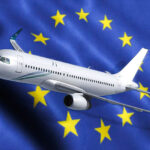
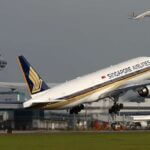
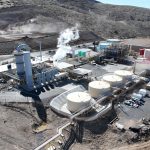
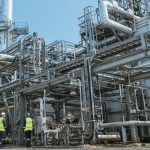
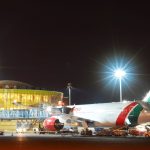
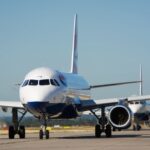
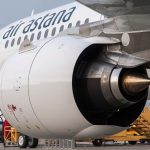

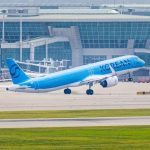



More News & Features
News Roundup October/November 2025
LanzaJet produces first next generation, ethanol-based SAF at flagship Freedom Pines refinery
European Commission announces Sustainable Transport Investment Plan to advance low-and-no-carbon fuels
XCF plans three new Australian SAF plants, while Wagner and FlyOro activate blending facility
UK government starts new consultation on SAF revenue certainty mechanism
African Development Bank and Japanese industrialist unite to explore SAF production in Africa